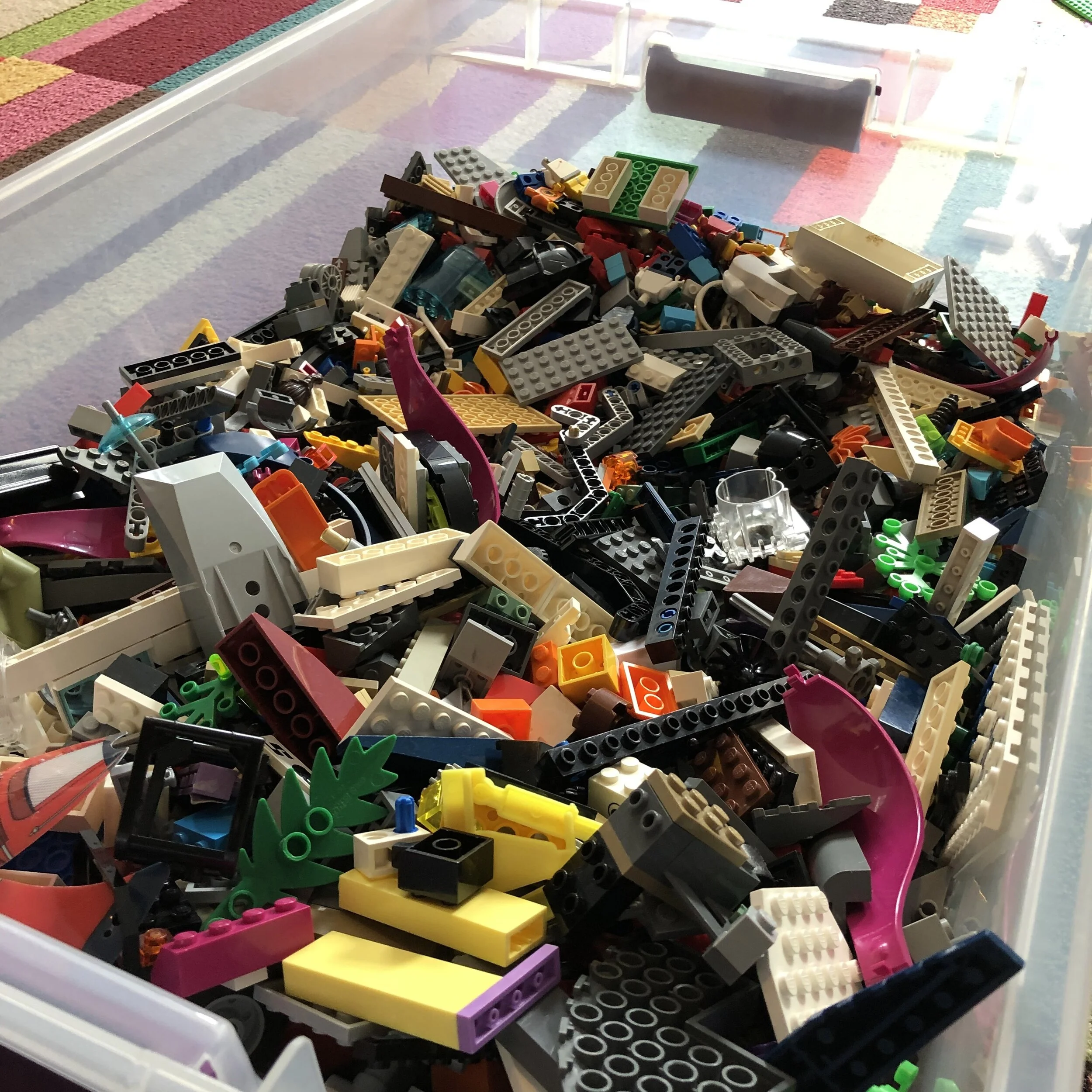The key to success is failing.
There’s tons written about this, countless TED talks, thousands of podcasts, but this was simply not a concept I grew up with.
I had no model for healthy failure as a child.
Anything less than an A required explaining in my family.
It didn’t help that I had a perfect older sister.
I was a good student but my sister was an exceptional student.
When I got to high school, her reputation preceded me. I had big shoes to fill, literally and figuratively. In middle school, a teacher once asked if I was wearing canoes on my feet. (I’ve worn size 9 since the 7th grade but more on canoes another time.)
My sister and I did all the same stuff and I worked hard to live up to everyone else’s expectations.
I got straight A’s my first semester in college, with the exception of organic chemistry which I nearly failed.
My dad asked what happened when he saw the C-.
I screamed back that perhaps he had failed to notice I got A’s in everything else.
I studied and suffered my way through college, feeling out of my league, worried that small town smarts were not going to cut it in the big league.
I didn’t know how to fail and certainly didn’t know how to rebound.
This led to a paralyzing fear of failure and an unhealthy striving for perfectionism.
I avoided things I didn’t know how to do. I sat out activities that might have been fun or silly for fear of looking stupid. I kept quiet when I had things to say because I didn’t want to embarrass myself.
You’ve probably seen 6000 (or 60,000) posts on social media about recovered perfectionists. None of them are mine. The thoughts we’ve practiced for 10 or 20 years don’t disappear overnight.
It’s a constant practice.
As a parent, I’m doing my best to teach my 7-year old that failure is part of the process. Instilling him with a healthy relationship to failure means I have to talk about my own failures.
I listened to a podcast where Todd Herman shared the 4 questions he asks his kids at dinner every night to build resilient humans.
Here's the one that stood out:
Did you have any good fails today?
Todd says a day without fails is a waste of a day.
This podcast completely changed our dinner conversation and gave us a way to normalize failure. (I recommend it regardless of whether you have children.)
It’s given me a way to laugh about things that are uncomfortable, like the time I posted about an event and invited thousands of people to a workshop on Networking for Inroverts.
I don’t think I would have noticed my typo except for the stranger who publicly commented IN ALL CAPS that I should fix my spelling error.
My first thought was: How mortifying, I better delete the post ASAP.
My second thought was: Lots of people commented and shared and probably didn’t notice.
My third thought was: You don’t need to be a perfect speller to be a great networker.
I chose to leave the post up. It was uncomfortable but I'm a work in progress.
What about you?
What are your good fails?
I’d love to hear them.















